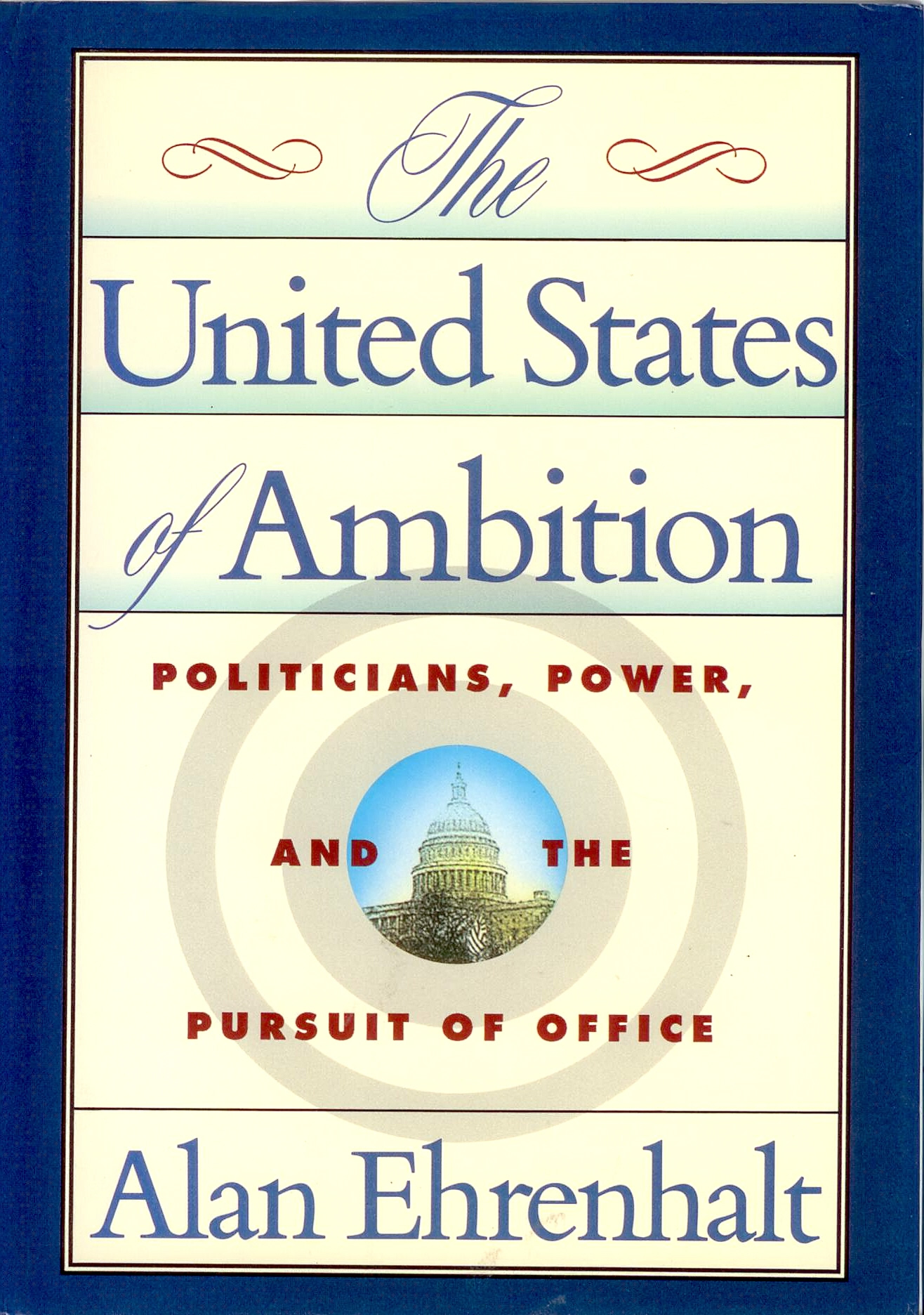Sam Williams, the president of the Metro Atlanta Chamber of Commerce, gave an interview to the Atlanta Journal-Constitution recently in which he talked about Georgia’s remarkable new law allowing regions of the state to plan and tax themselves for transportation improvements. The law addresses a huge problem for the Atlanta area—it is losing its war with congestion, a war with which the rest of the state is unconcerned—and does so in a way that will have major implications as time goes by.
In one fell swoop, the new law creates practical regionalism in Georgia. Not another planning agency, discussion forum or collaborative nonprofit, but a brand-new taxing authority that forces the Atlanta area’s 10 counties to work together (and other regions of the state, if they choose). If this succeeds, it’s not hard to imagine other regional decisions on taxing and spending being given to this new body, or to similar regional agencies.
To use a Jim Collins term, this was a BHAG for the Atlanta area and its largest chamber of commerce, a “big, hairy, audacious goal.” And it came with big, hairy, audacious obstacles.
Think about it. For this law to be enacted, the state and its political leaders had to cede a share of their authority to plan, tax and spend in one of the most powerful arenas of government, transportation infrastructure.
So how did the chamber, which led the fight, win over the state’s leaders? Well, the inside story is too long and complicated to summarize here, but let me tell you that it took four years to get the Georgia General Assembly and governor on board. And along the way, it had numerous near misses and near deaths. (In the second year that it was before the General Assembly, the regional transportation bill passed one house and came within a few votes of passing the other. The next year, the two houses were so divided over the bill and other things that it never came close to passing. By the beginning of the fourth session, few outside the Metro Atlanta Chamber thought it had a chance of success.)
Which brings us back to the Sam Williams interview. (Note: I’ve known Sam a long time and have done work for the Metro Atlanta Chamber.) Asked whether he had ever wondered during the four years if the General Assembly would pass the regional transportation bill, Williams said:
Well we certainly have been working on it a long, long time, and I was taught by a lot of my mentors in the past to never, never, never give up.
And there lies one of the truths of community leadership: Progress is made by the persistent, those who never, never, never give up. Public policy travels a long arc. We deliberately make change difficult in our communities by spreading power so widely, among elected bodies, appointed officials, authorities, citizen boards, private interests, non-profit groups and on and on. The only way to get things done is to patiently and persistently deal with objections, work around obstacles, tamp down opposition and sign up the permission-givers. (In future postings, I’ll write about this process, which I call “removing the boulders” and “building the wall.”)
What’s odd about this work—the countless meetings, the retelling of the proposal and its benefits over and over, the endless rumor-quashing and infinite adjustments—is that when a major proposal finally succeeds, it’s usually done quickly and sometimes unexpectedly. This is partly because, if you’re persistent, you’ll wear down the opposition and partly because your idea—told and retold so many times—has gradually become familiar to those who first thought it strange and threatening. It’s something I’ve written about before, the drip-drip-drip theory of change.
Come to think of it, though, maybe there’s a better term, the “never, never, never give up” theory.
Photo by Seongbin Im licensed under Creative Commons.
